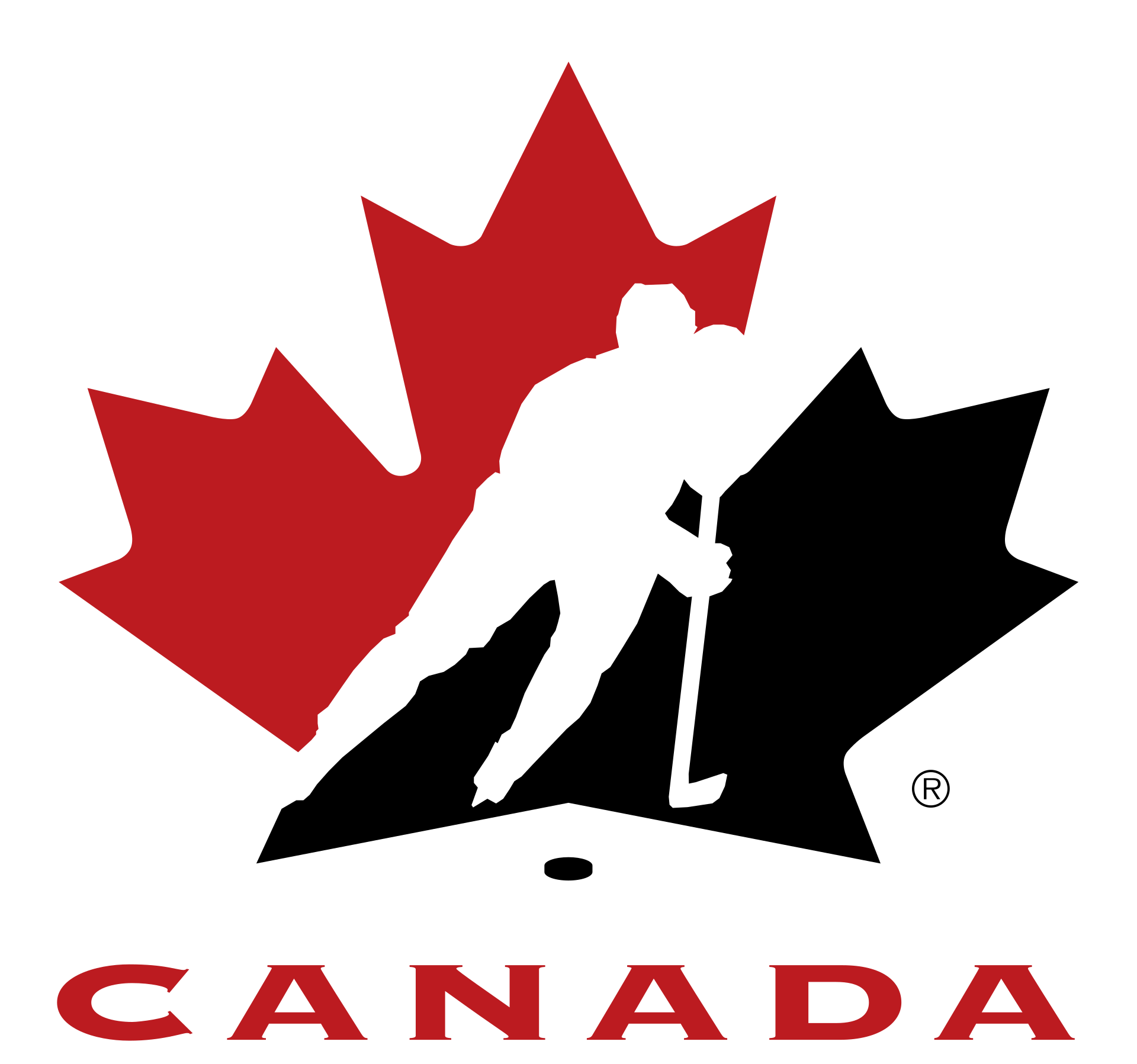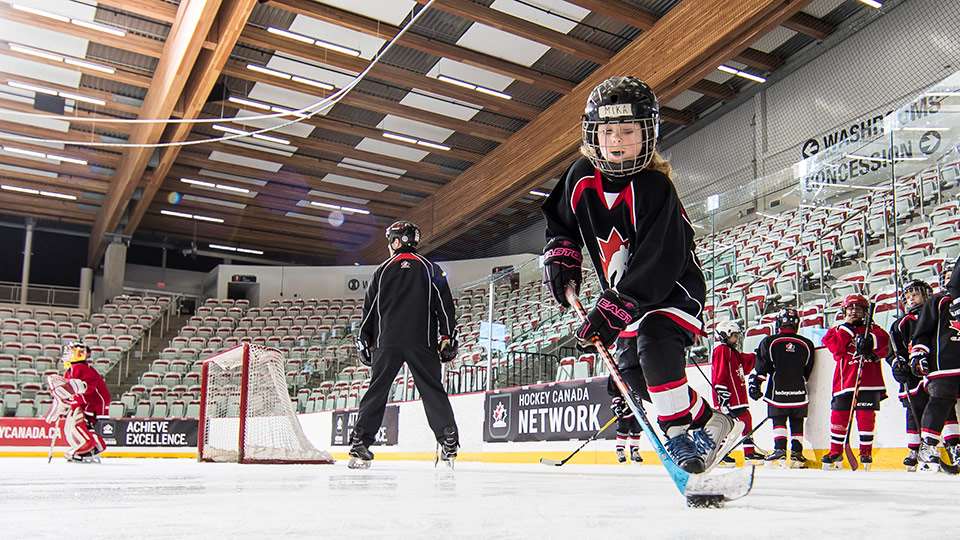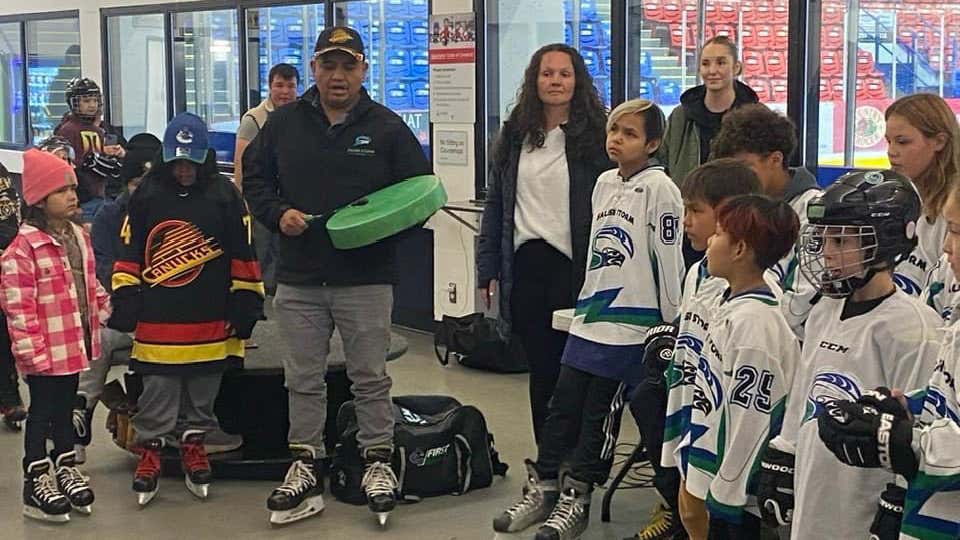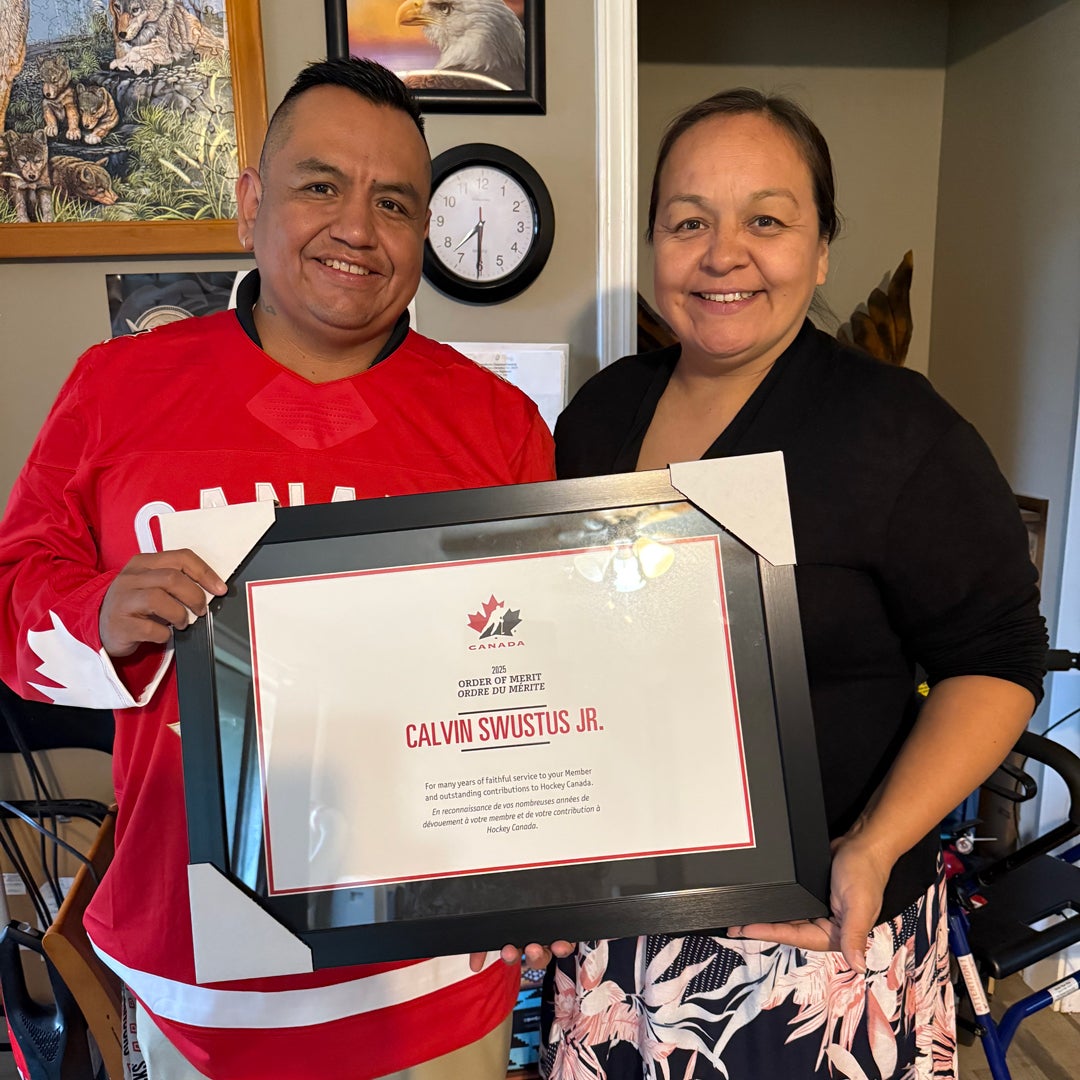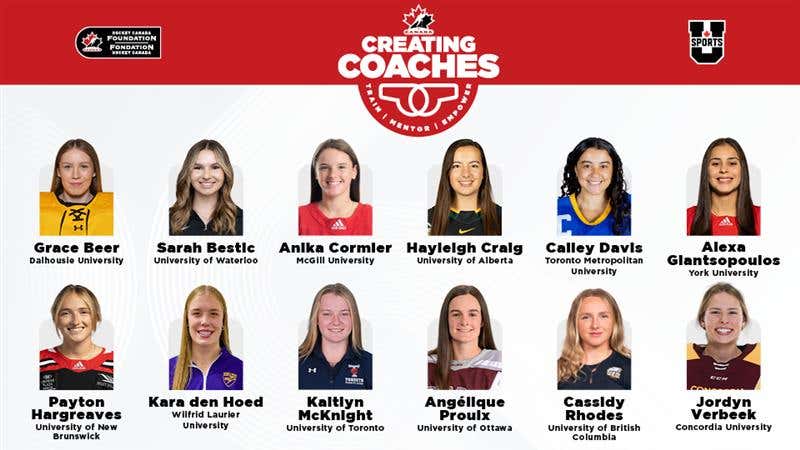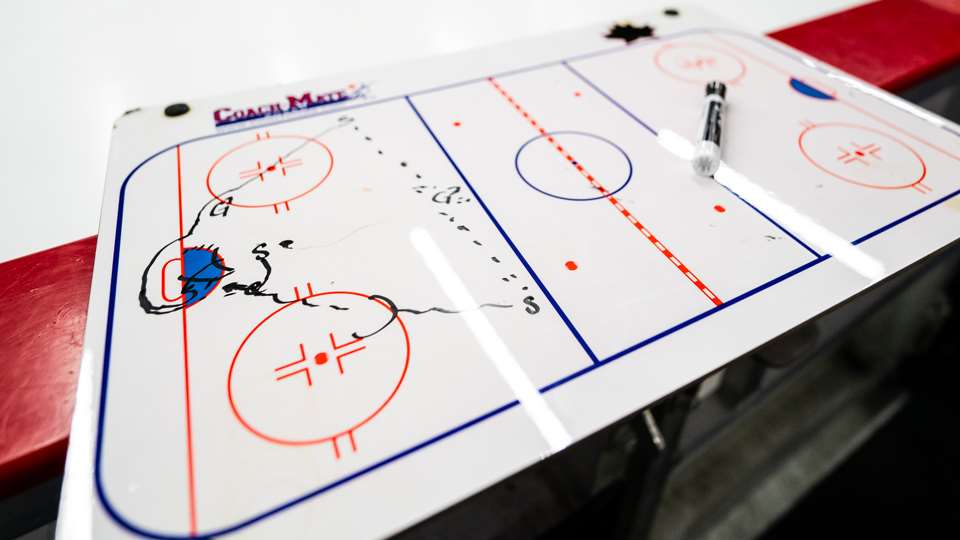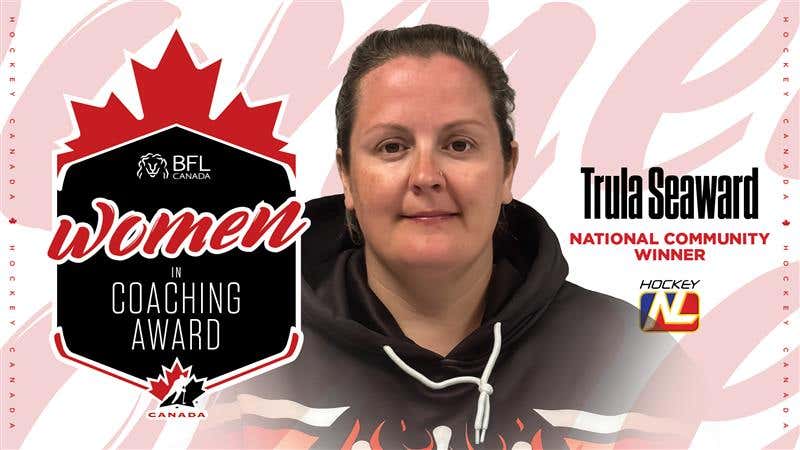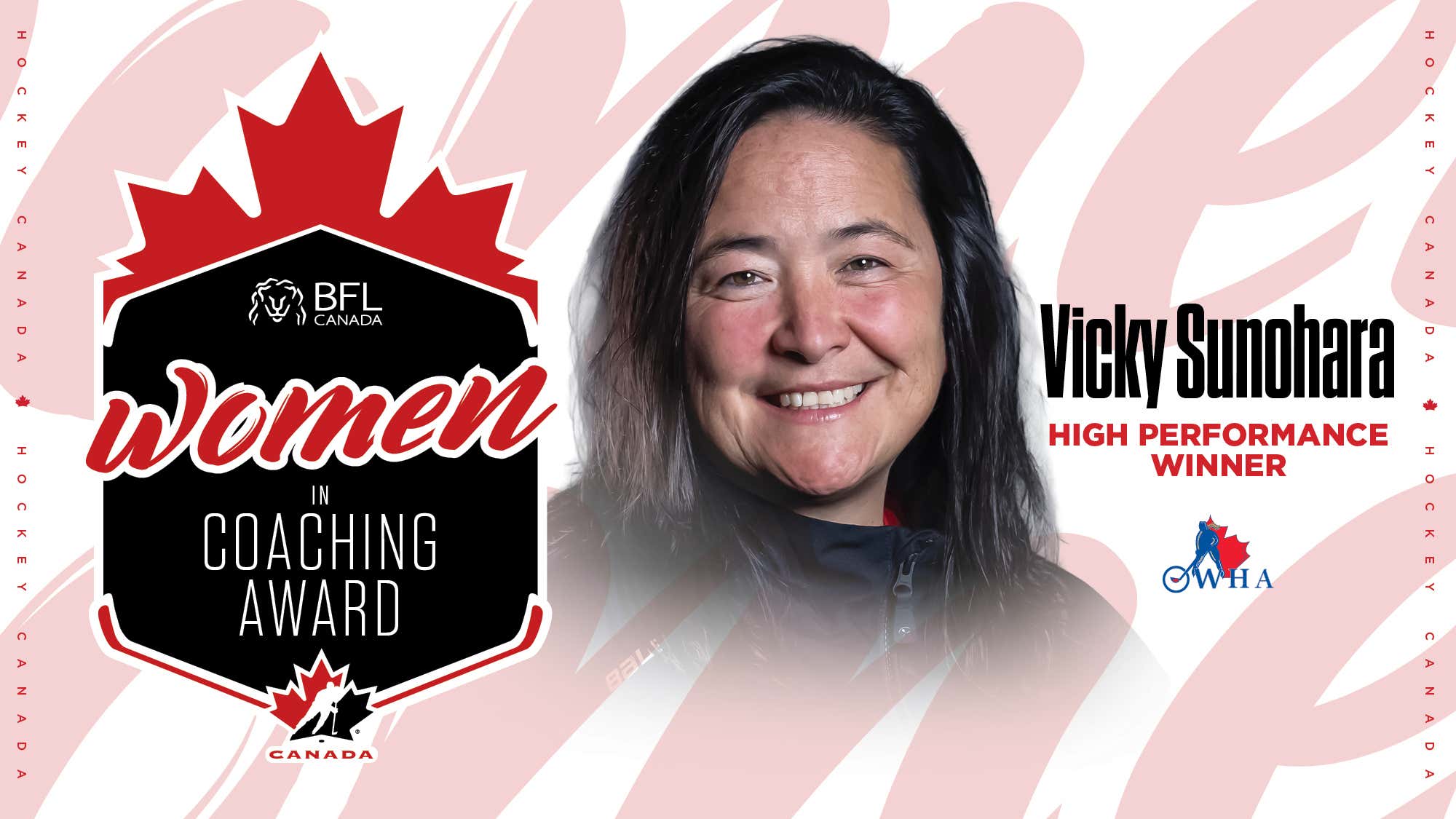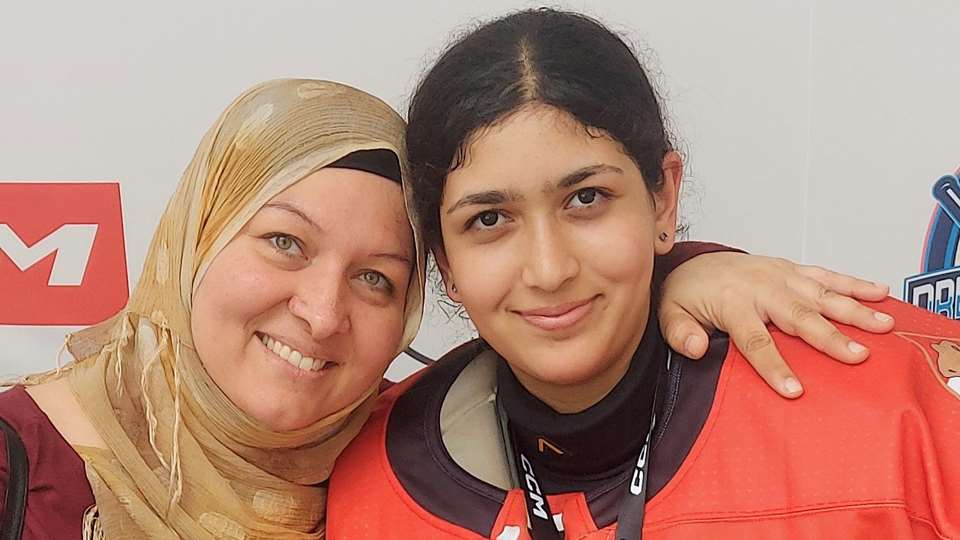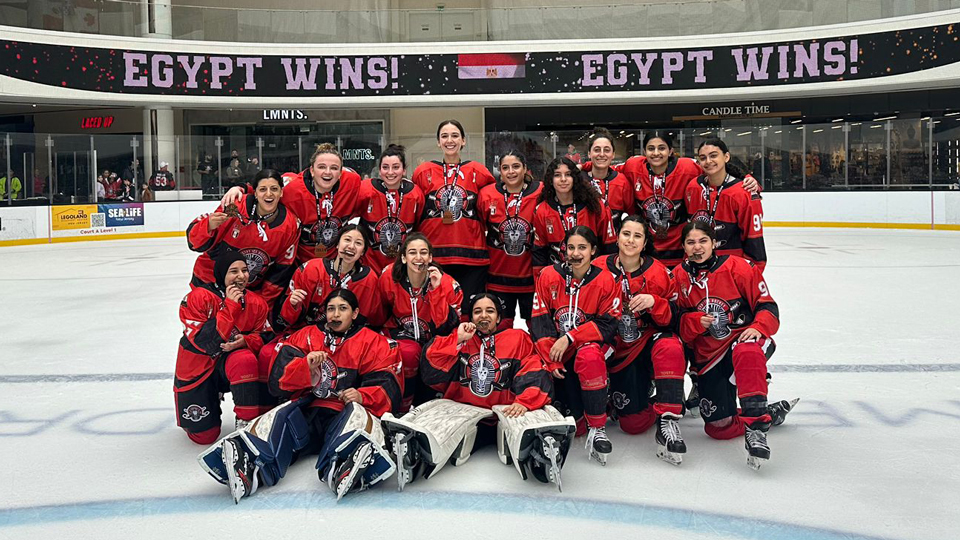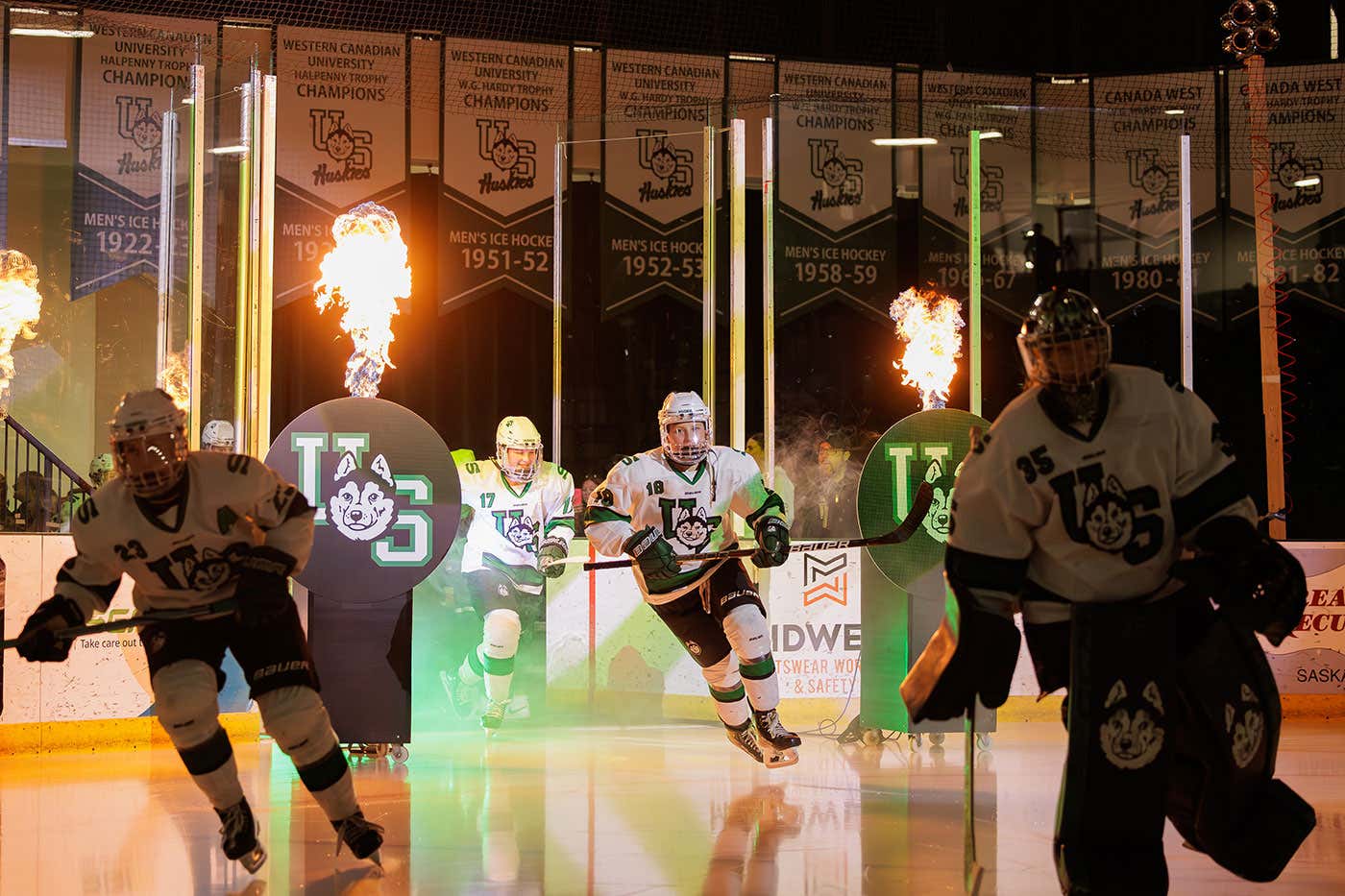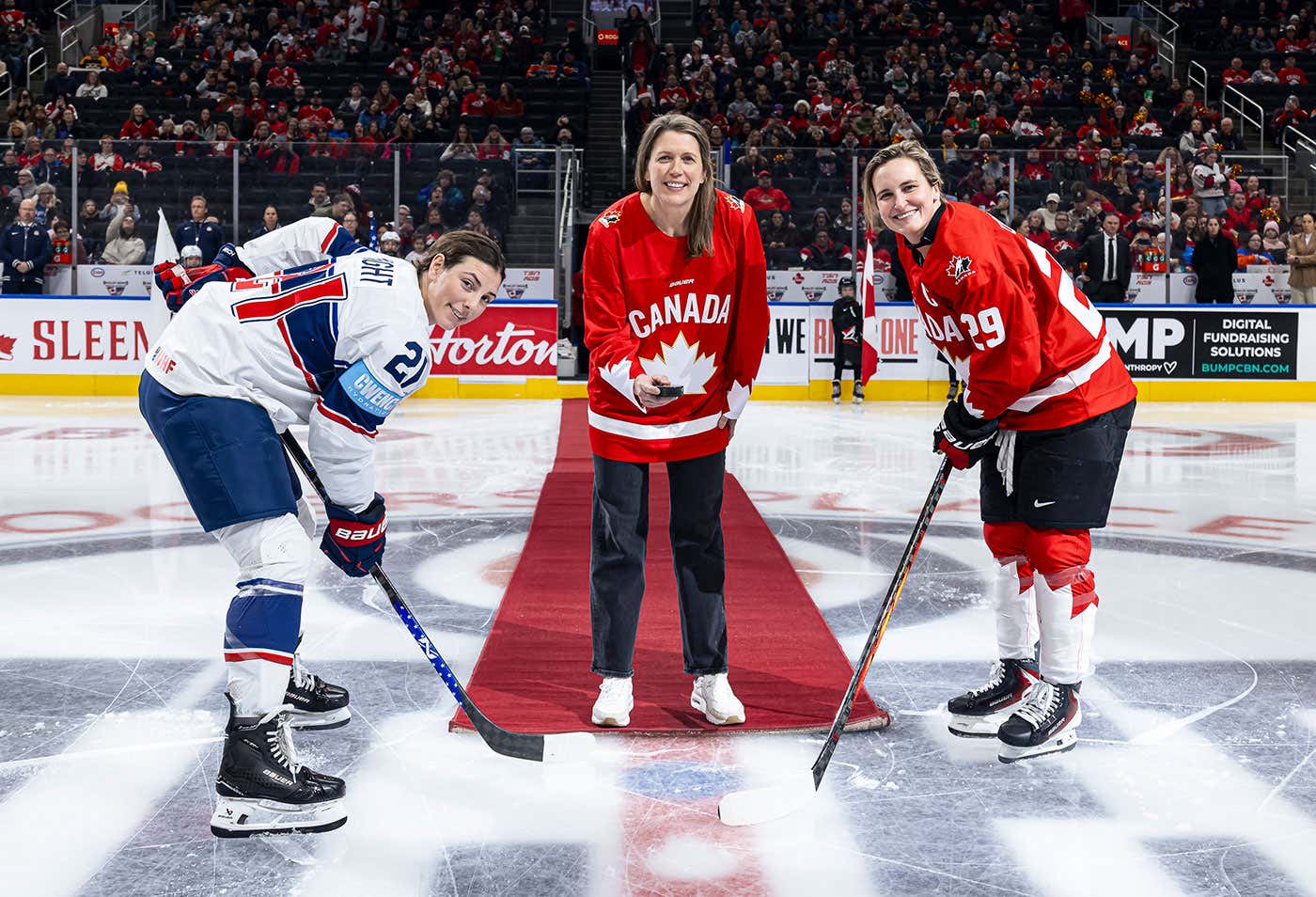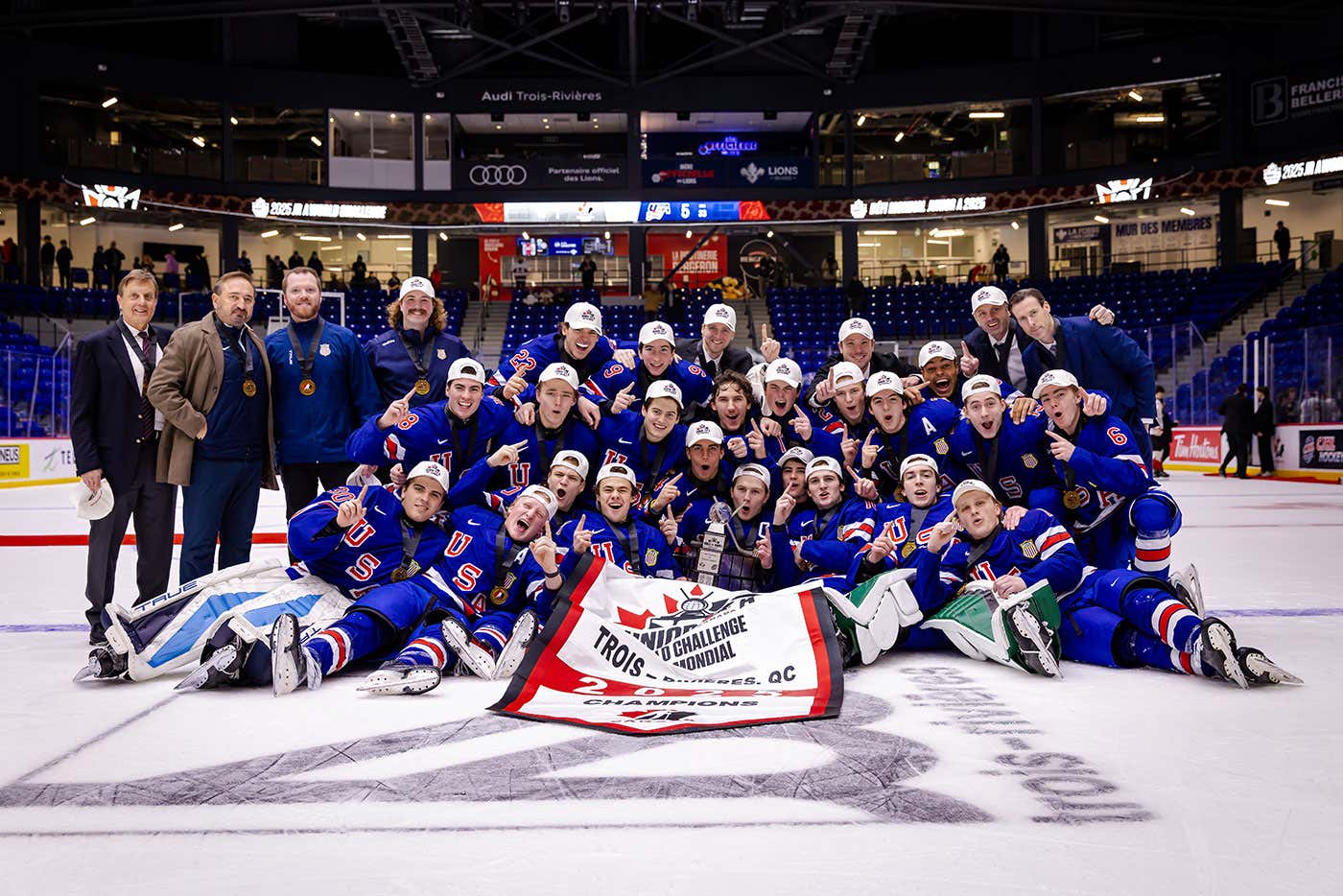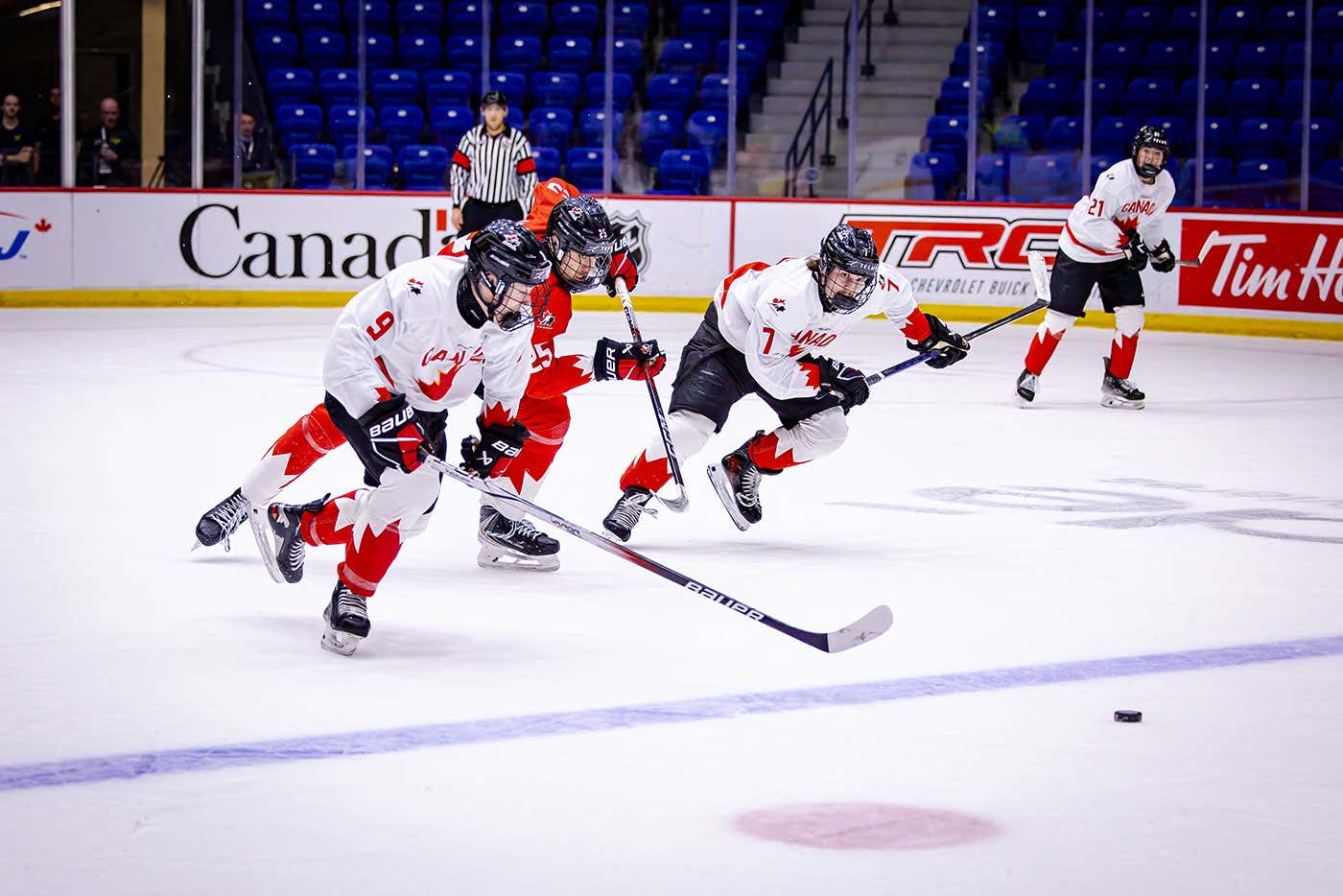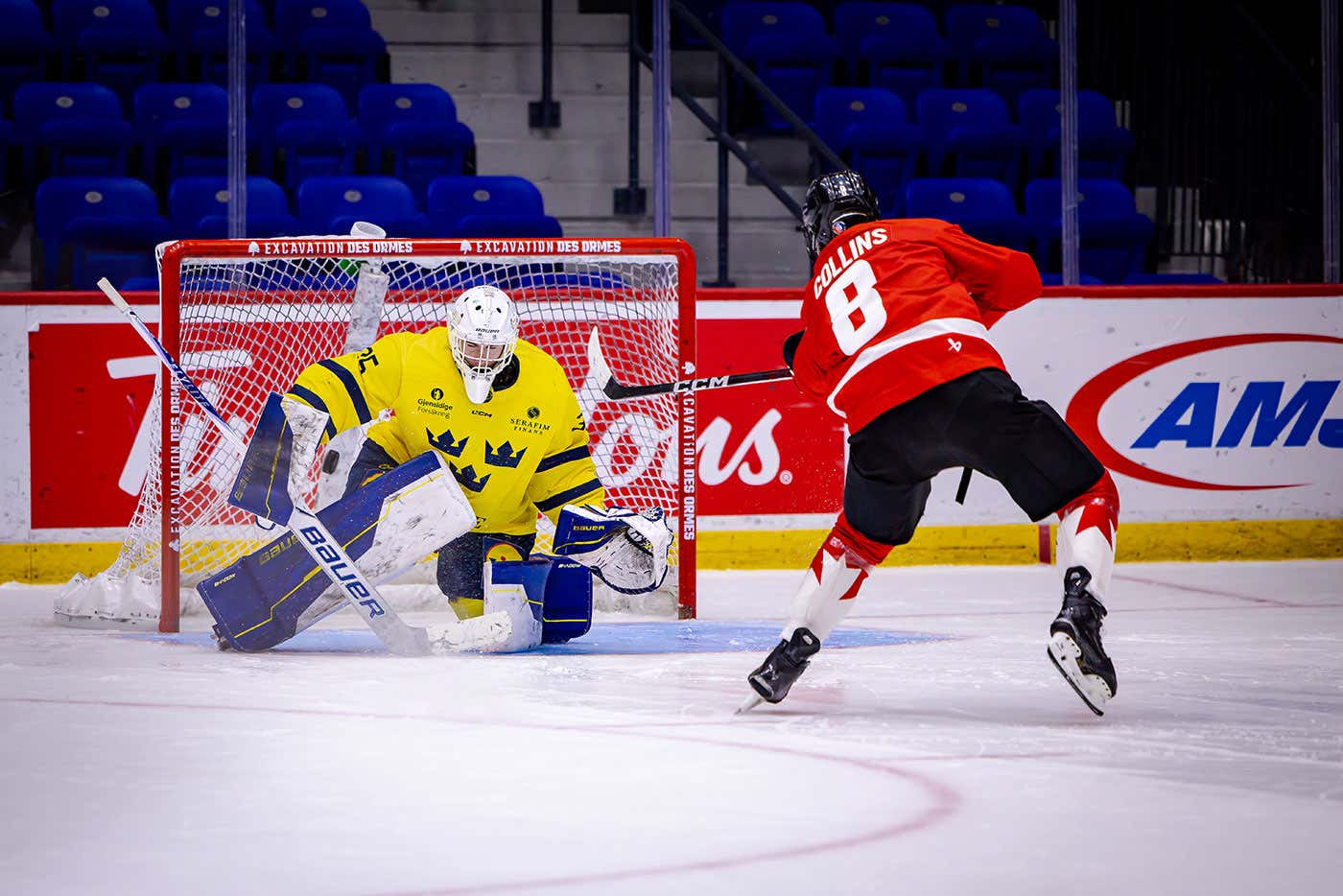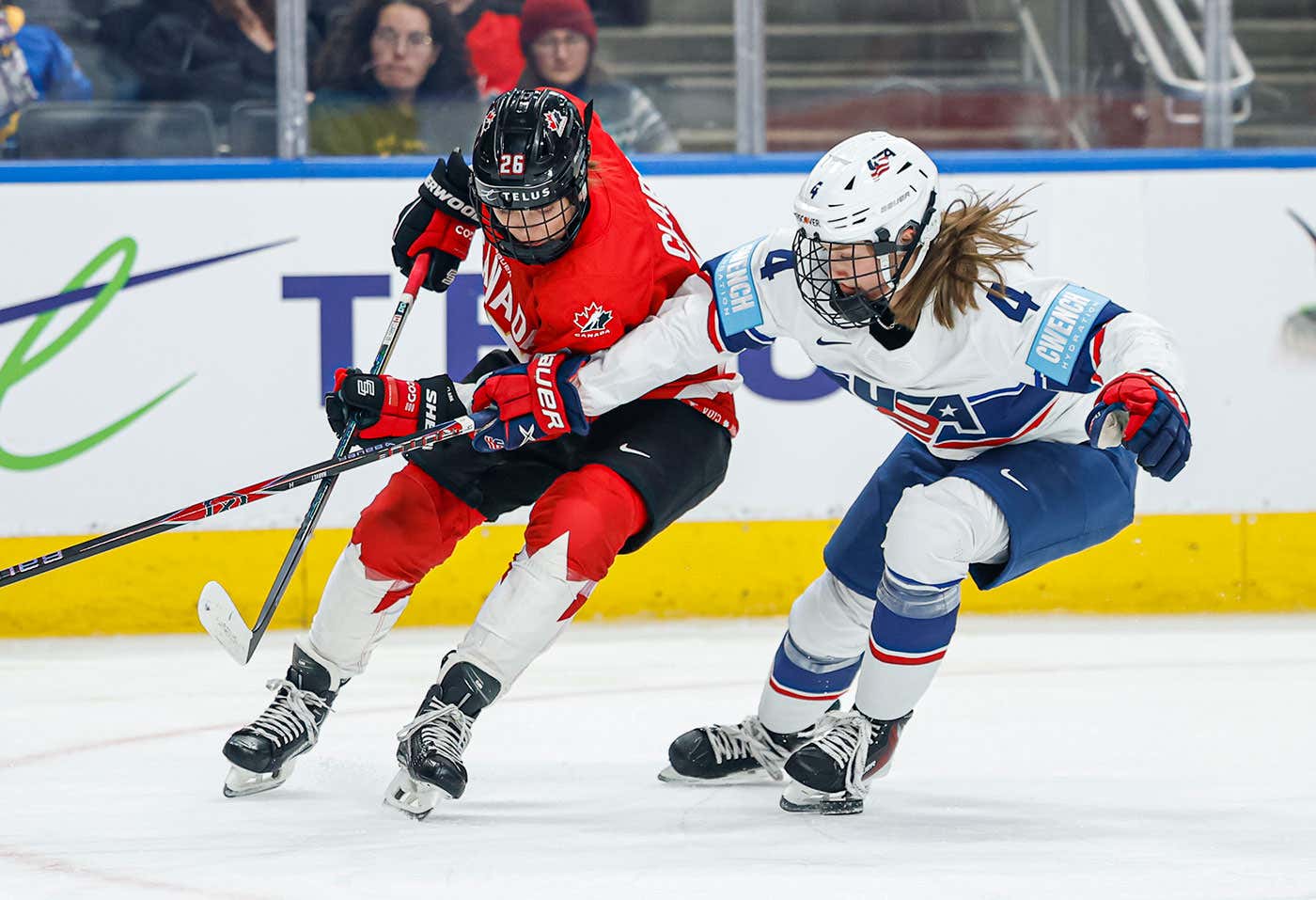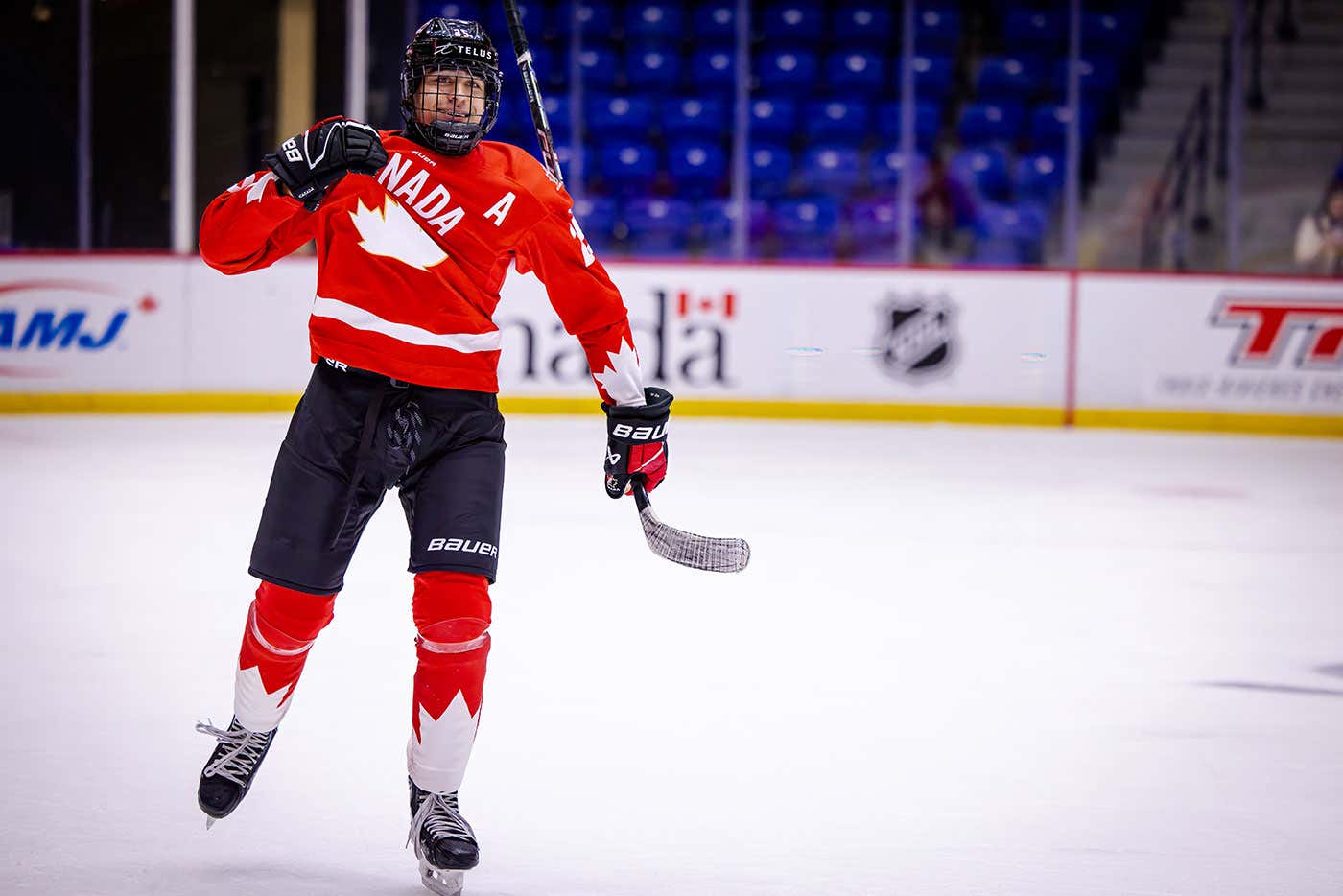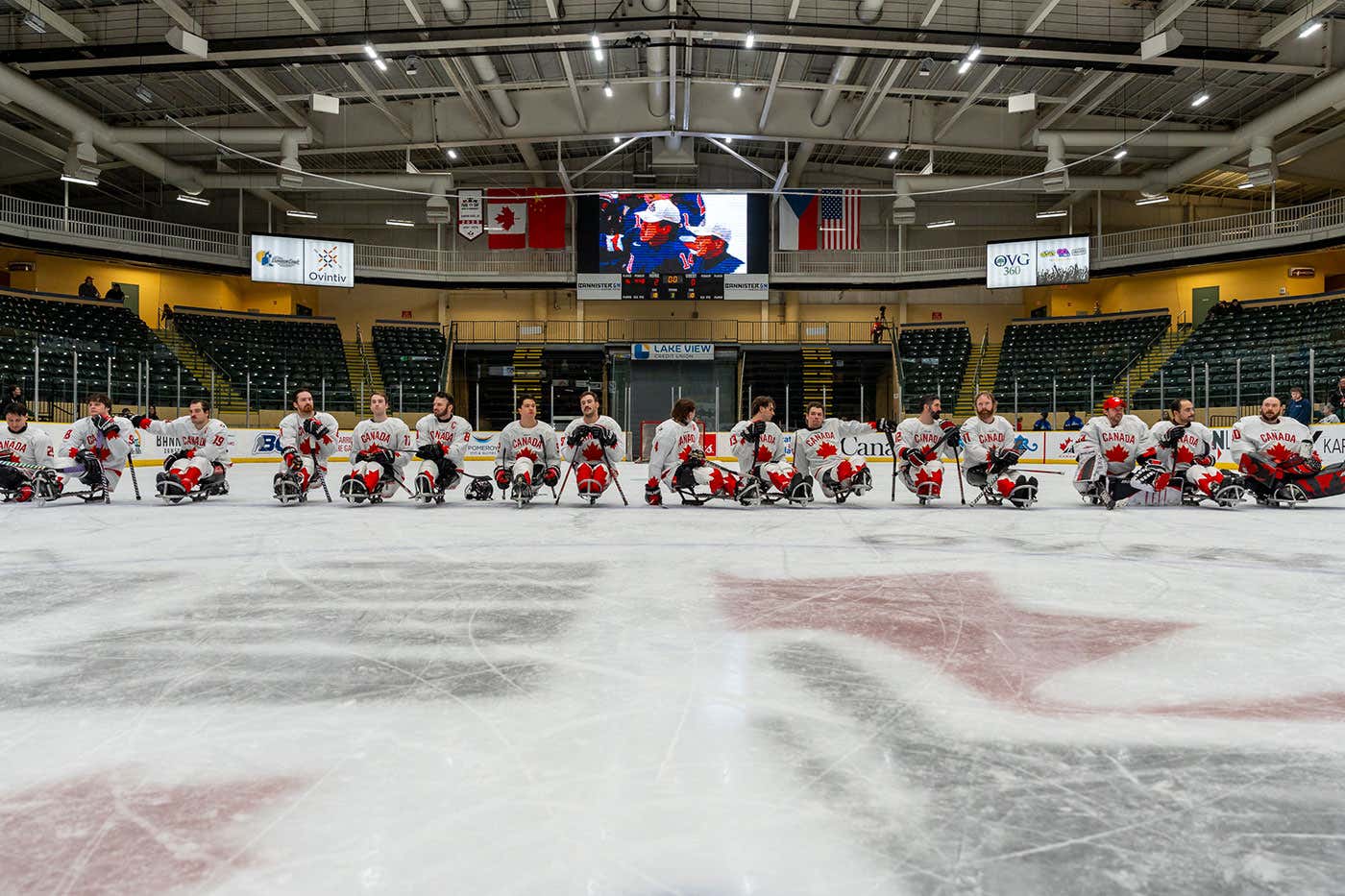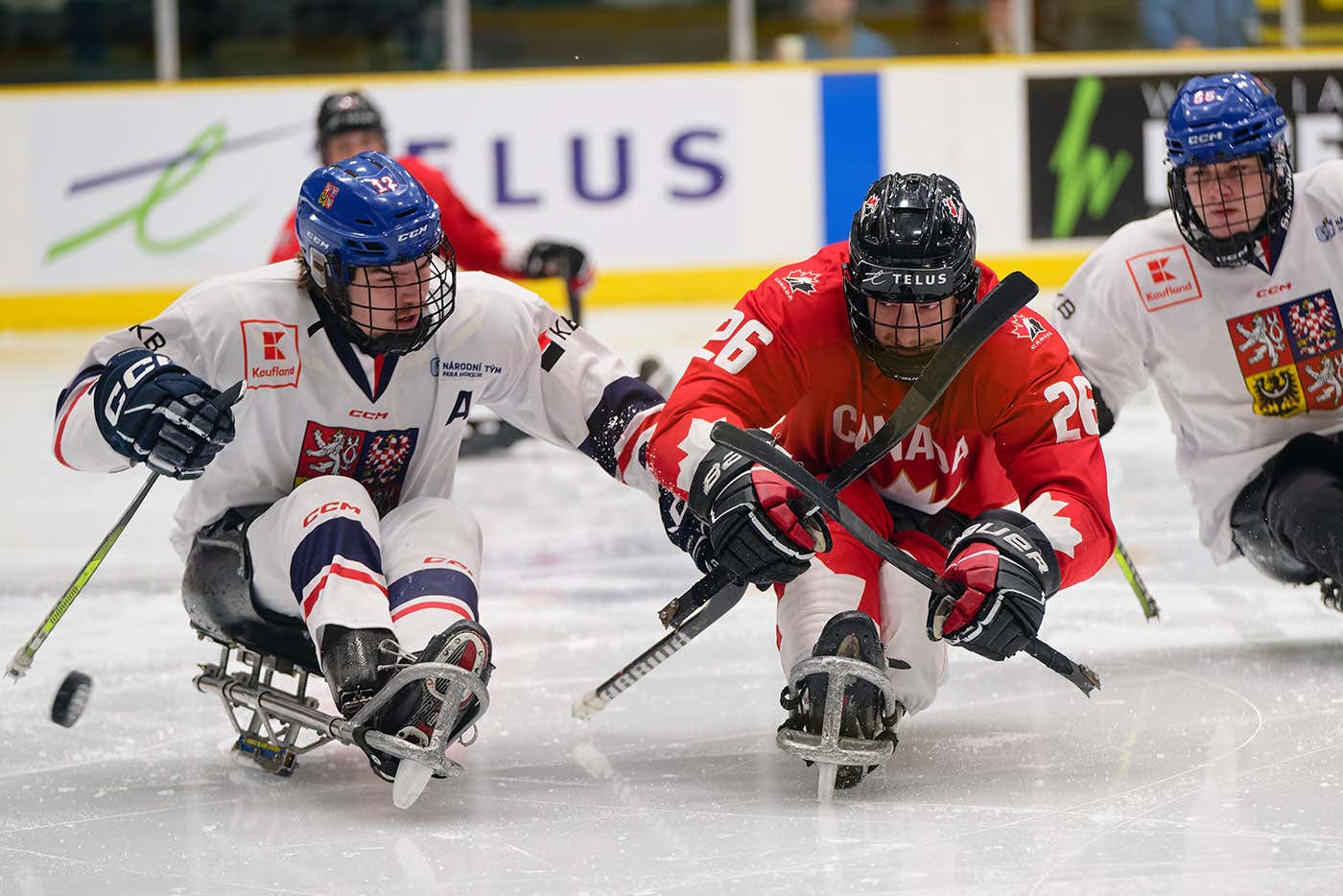
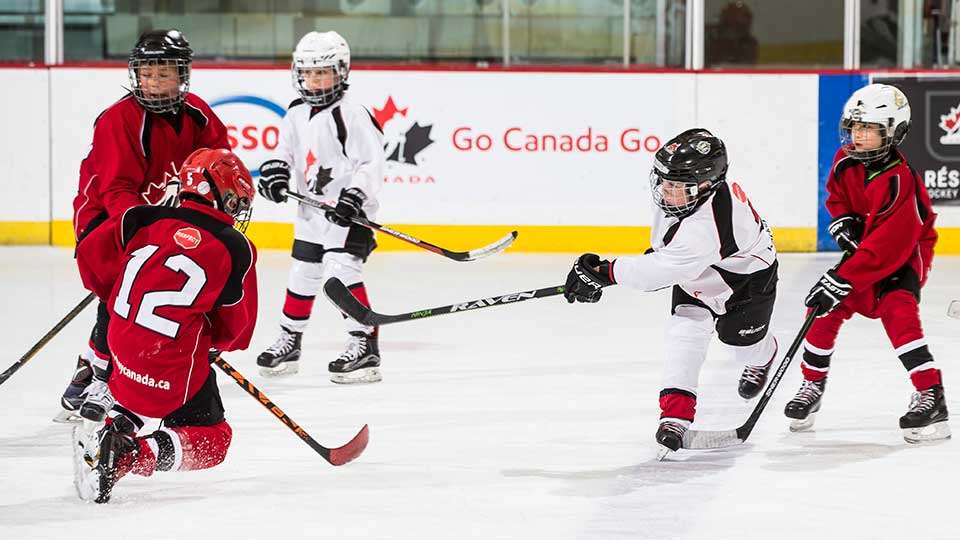
Half-ice rewards
The Novice initiative enriches player development, and Canadian hockey parents are seeing the benefits

Take a second, visit YouTube and check out the top 10 plays of Sidney Crosby’s career.
You’re all but guaranteed to see No. 87's one-handed backhand beauty against the Buffalo Sabres, his puck-handling clinic against Jason Spezza, his falling-down goal against the Montreal Canadiens and his stick-handling dismantlement of the Edmonton Oilers.
There’s a common ingredient between these four moments: The two-time Olympic gold medallist and IIHF Triple Gold Club member got the job done with barely any room to operate.
“You have to be able to make plays in pretty small areas,” Crosby says. “The more you practice in small spaces, the better off you are.”
With the mandate that Novice games must be played on half-ice starting this fall – many member branches have already adopted the format over the past several seasons – seven- and eight-year-old players will play in games that will align with the small-area nature of professional hockey.
Jesse Joslin has seen the benefits of dividing the playing surface. His son Sebastian, born in 2010, participated in cross-ice hockey at the Initiation level and half-ice hockey as a Novice player in the Semiahmoo Minor Hockey Association. The hockey dad admits he was apprehensive because the benefits of shifting from a full ice surface were unknown.
He is a firm advocate now.
“Games on the smaller surface are a much more realistic indication of what hockey is going to be,” Joslin explains. “There is so much time and space on the full ice that what they’re learning is not going to be applied. You need to be used to making decisions instantly. When you put an eight-year-old on a large ice surface against five other kids, they don’t have to react because there is so much room.”
Paul Carson, vice-president of hockey development with Hockey Canada, says less time and space leads to more exciting hockey.
“The Novice half-ice hockey initiative divides a 200-by-85 playing surface into two halves, creating a much quicker and more engaging game format. The smaller ice surface, along with four-on-four play, ensures young players have fun while increasing skill development opportunities.”
The minor hockey associations that have already adopted Novice half-ice hockey have found the program provides more significant opportunities for young athletes to work on passing, puck possession, shooting and skating.
Natalie Vigier Hutton, a hockey mom in Morden, Man., is delighted that her son Brooks, who is about to start his second year of Novice, has confidence on the ice because he has improved his skills through the half-ice program.
“It helped [Brooks], who wasn’t the greatest of skaters, gain some confidence,” Vigier Hutton says. “The kids weren’t 60 feet away from him. He also became more confident because of all the puck touches.”
Vigier Hutton adds that half-ice hockey limits the capacity for a player to streak down the ice in a straight line to score a goal. The compacted playing surface forces a puck-carrying forward to maneuver past opponents to reach the net. Therefore, a strong team game is required to achieve consistent offensive success.
Jeremy Menzies, a hockey parent and the coach coordinator for the Salmon Arm Minor Hockey Association, shares Joslin and Hutton’s take that half-ice hockey is a boon for player growth. He is also a fan of the initiative because it was a fun experience for his son McGuire, 10.
“Their creativity is being developed. [Kids] believe that ‘I can make that pass, I can get to the net and make that play.’ They are just super involved in every play. You see the smiles on their face.”
Dr. Michael Ziglo will be navigating half-ice hockey for the first time this autumn as a Novice coach in the Lumsden Bethune Minor Hockey Association. He will also watch his son Nolan transition to half-ice after he played on the full sheet last season.
An intriguing aspect of the shift for Ziglo is comparing how the half-ice enhances specific skills compared to the traditional 200 x 85 playing surface. He says it will take time, but half-ice hockey will become standard in Saskatchewan like it has already in other provinces.
“With kids coming up down the road, the half-ice will be what they know. It will become the new normal. It is always tough when you switch something. There are always going to be some growing pains.”
Joslin and Vigier Hutton both encourage players, parents and coaches who are new to half-ice hockey to respond to any growing pains with patience because the benefits make it an ultimately rewarding experience. To learn more about the Hockey Canada Novice Program, visit HockeyCanada.ca/Novice.
For more information: |
- <
- >















